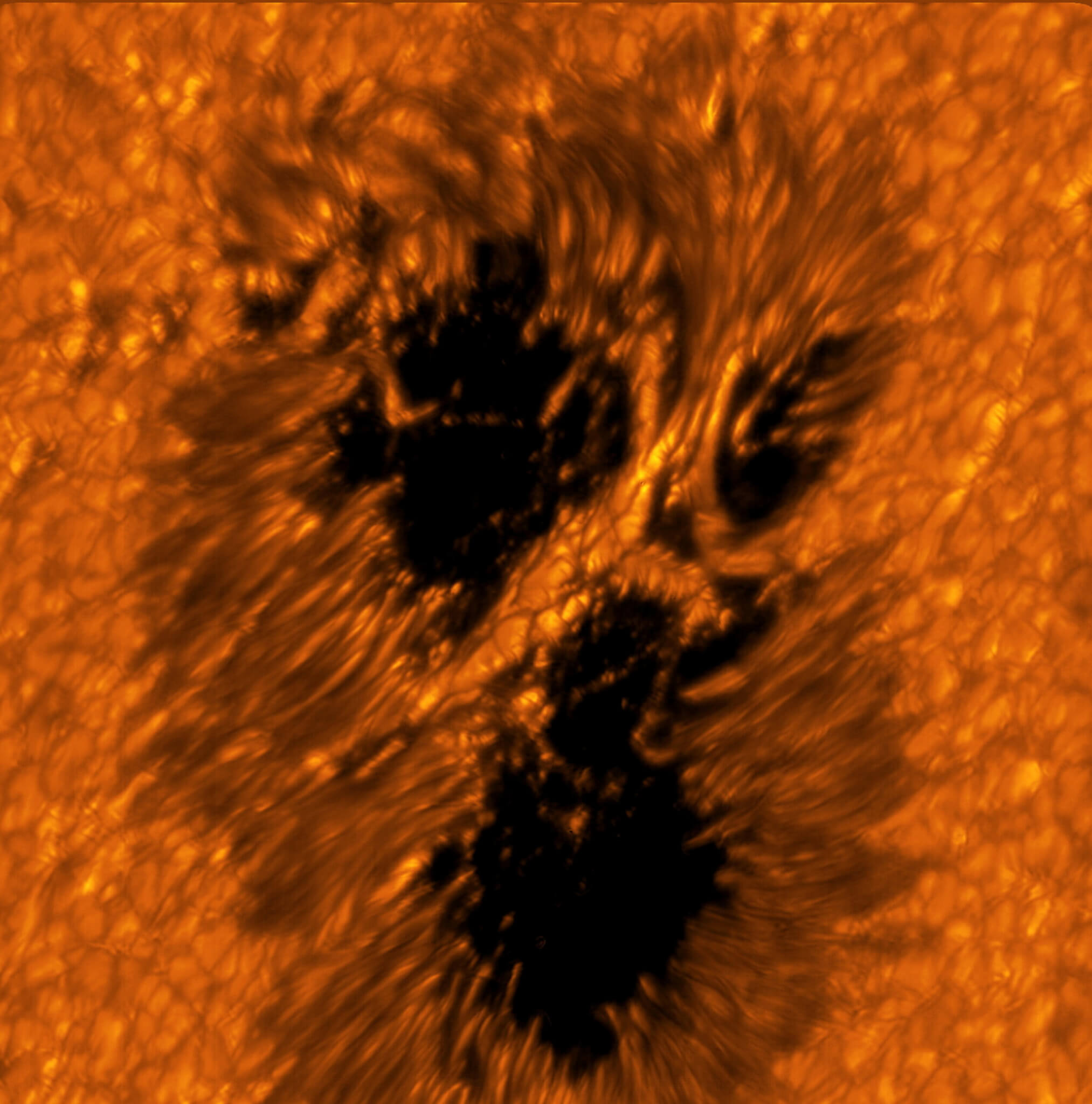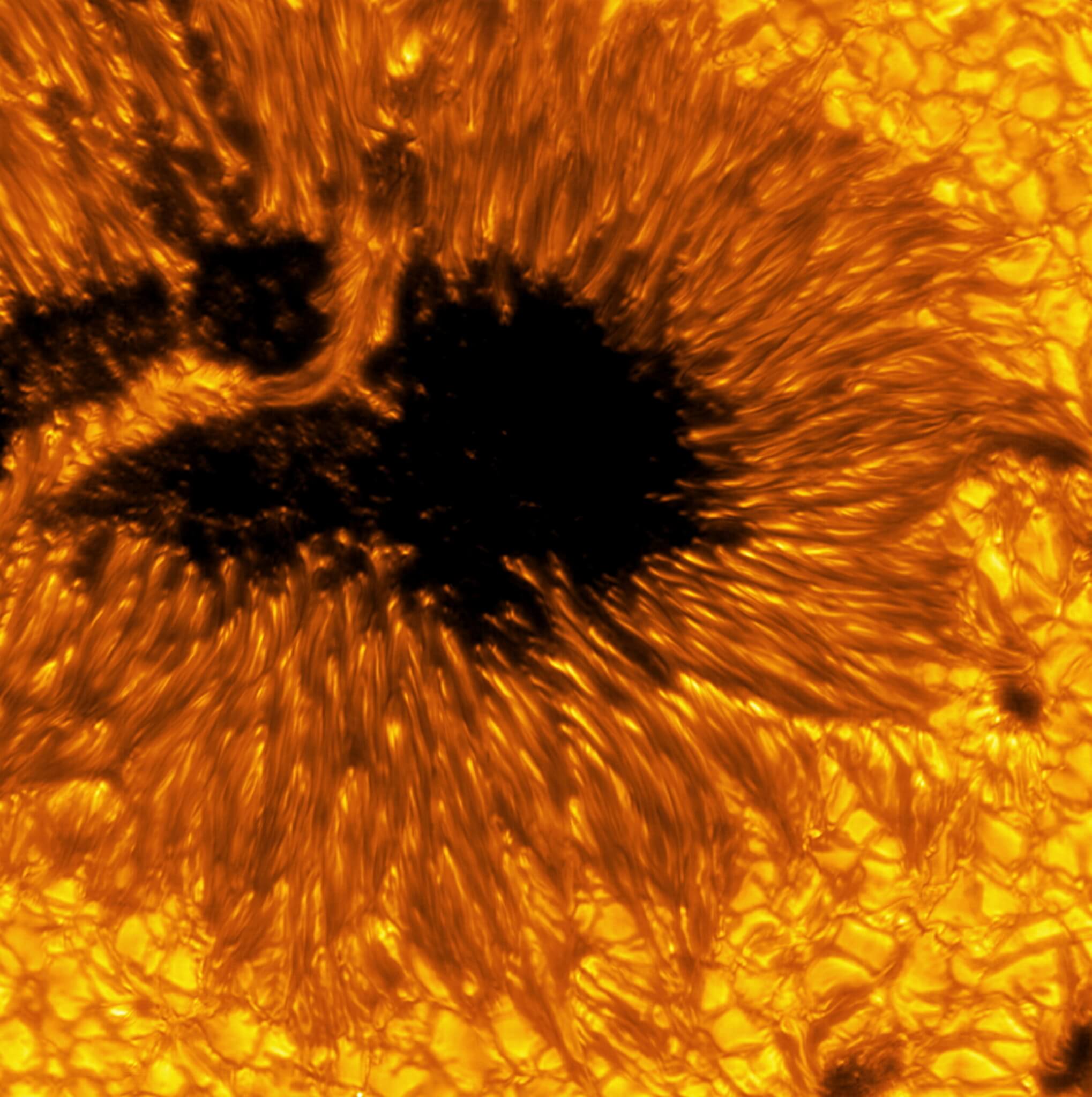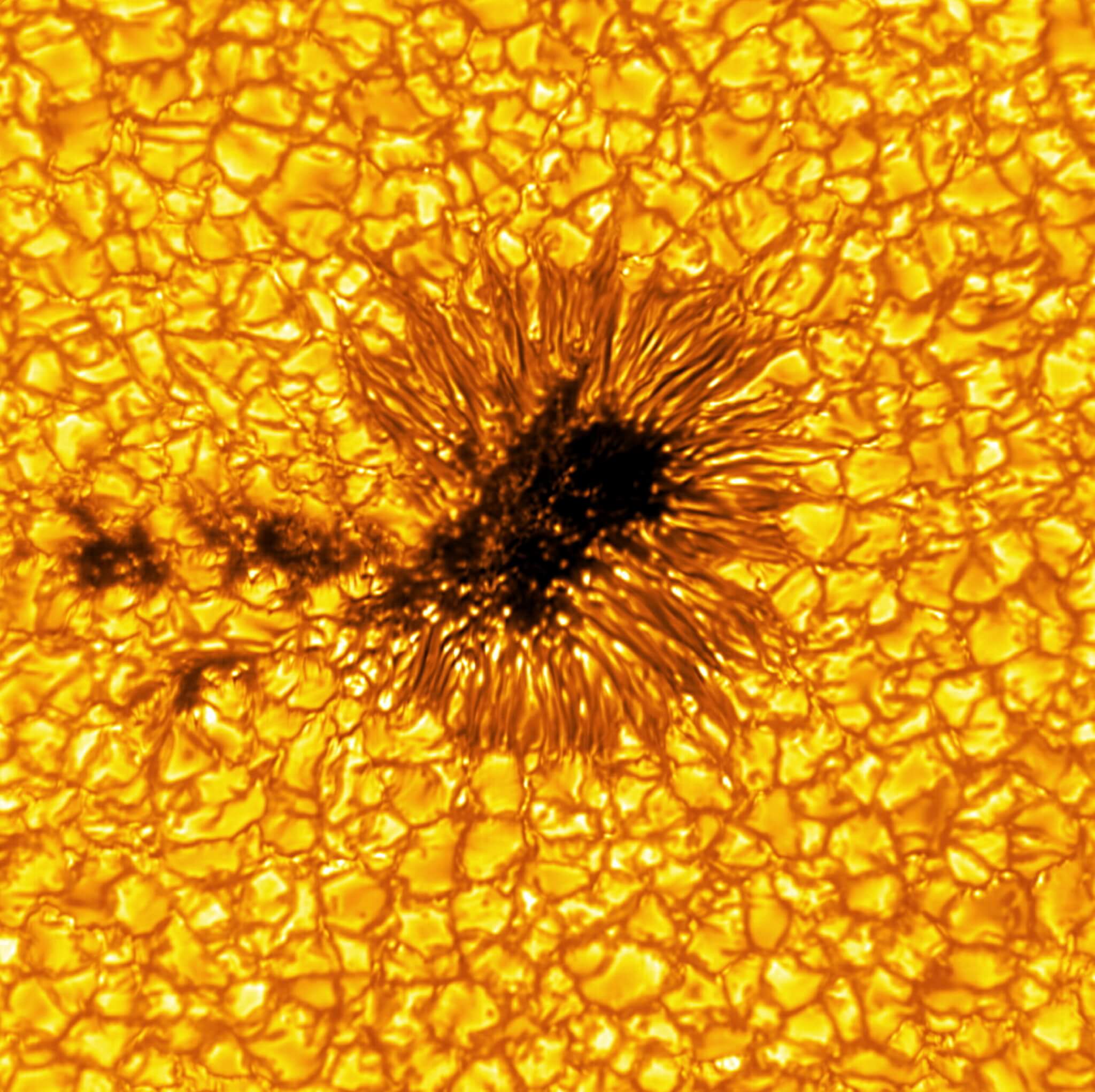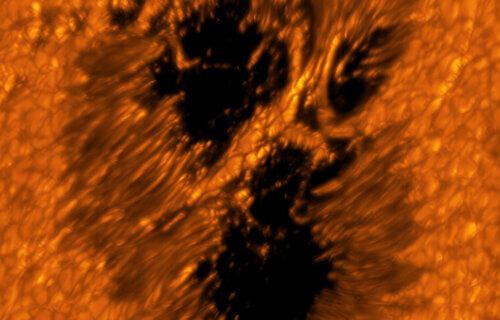MAUI, Hawaii — Stunning images from the world’s most potent solar telescope, the Daniel K. Inouye Solar Telescope, are revealing the Sun in extraordinary detail. These images include larger-than-Earth sunspots, with one even resembling a ghoulish face.
The National Science Foundation (NSF) asserts that these visuals serve as a preview of the “exciting science underway” at the world’s leading ground-based solar telescope, stationed on the Hawaiian island of Maui. The foundation further elaborates on the telescope’s unique capacity to gather data with unprecedented precision. This capability will aid solar scientists in comprehending the Sun’s magnetic field and the drivers behind solar storms more effectively.
Currently in its Operations Commissioning Phase (OCP), the recently inaugurated telescope is gradually advancing towards full operational capabilities. This phase is a time of learning and transitioning for the observatory.
The new images showcase a range of sunspots and tranquil regions of the Sun, captured by the Visible-Broadband Imager (VBI), one of the telescope’s first-generation instruments. The depicted sunspots are dark, cool areas on the Sun’s “surface,” known as the photosphere, where strong magnetic fields linger.

These images represent a small fraction of the data gleaned from the Cycle 1 observing window. The Inouye Solar Telescope’s Data Center will continue to calibrate and distribute data to both the scientific community and the public.
As exploration of the Sun progresses, the Inouye Solar Telescope is expected to reveal more findings from the scientific community, promising “spectacular views of our solar system’s most influential celestial body.”

Sunspots vary in size, often equating to the size of Earth, if not larger. Complex sunspots or clusters of sunspots can trigger explosive events like flares and coronal mass ejections, causing solar storms.
These energetic and explosive phenomena influence the Sun’s outermost atmospheric layer, the heliosphere, with potential ramifications for Earth and our crucial infrastructure.

In the Sun’s quieter regions, the images illustrate convection cells in the photosphere, displaying a bright pattern of hot, upward-flowing plasma (known as granules) encircled by darker lanes of cooler, downward-flowing solar plasma. In the chromosphere, the atmospheric layer above the photosphere, dark elongated fibrils are visible, originating from locations with accumulations of small-scale magnetic fields.
South West News Service writer Dean Murray contributed to this report.

